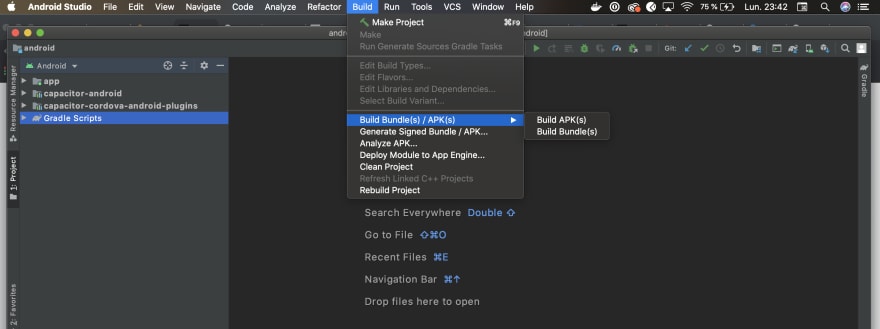


The properties file specifies the infrastructure configuration, as well as the environment in which to deploy the template. The template is parameterized, and the parameters are defined in a properties file. The user runs a deploy script in order to deploy the CloudFormation template.We use AWS CloudFormation to describe the infrastructure that is hosting the Gitlab Runner. The following diagram displays the solution architecture. This post comes from a DevOps engineer perspective, and assumes that the engineer is familiar with the practices and tools of IaC and CI/CD. How to autoscale Gitlab Runner based on workloads to ensure best performance and save costs.How to enforce guardrails and best practices on the Gitlab Runner through IaC.How to deploy Gitlab Runner quickly and consistently across multiple AWS accounts.The solution presented here also offers autoscaling so that you save costs by terminating resources when not in use. And, you can enforce guardrails and best practices via code. You can track and manage changes efficiently.

With IaC, you can quickly and consistently deploy the entire Gitlab Runner architecture by running a script. This post will guide you through utilizing Infrastructure-as-Code (IaC) to automate Gitlab Runner deployment and administrative tasks on Amazon EC2. For enterprises running hundreds of pipelines across multiple environments, it is essential to automate the Gitlab Runner deployment process so as to be deployed quickly in a repeatable, consistent manner. It involves provisioning the necessary infrastructure, installing the necessary software to run pipeline workloads, and configuring the runner. Setting up the Gitlab Runner is a time-consuming process. gitlab-ci.yml file describing a pipeline’s jobs, and a Gitlab Runner, an application that executes the pipeline jobs. A Gitlab CI/CD pipeline consists of two major components: A. Gitlab CI is a tool utilized by many enterprises to automate their Continuous integration, continuous delivery and deployment (CI/CD) process.


 0 kommentar(er)
0 kommentar(er)
